
Camera Switcher
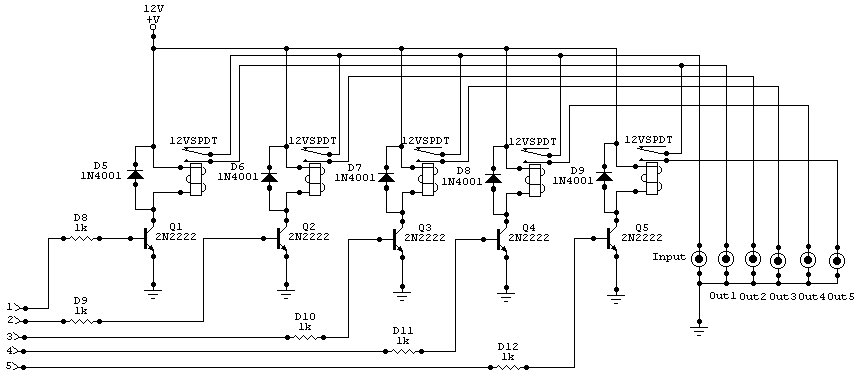
No description available.
Related Circuits
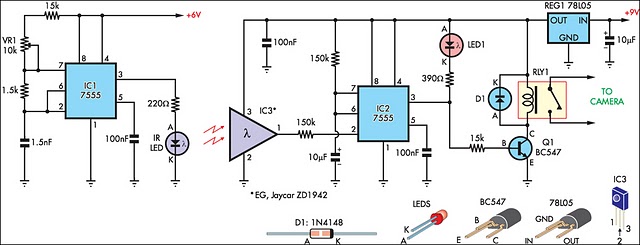
The IR detector (IC3) controls an LM 7555 CMOS timer (IC2) operating in monostable mode. When the beam is interrupted, IC2 is triggered, causing its pin 3 output to go high for approximately half a second. This action turns...
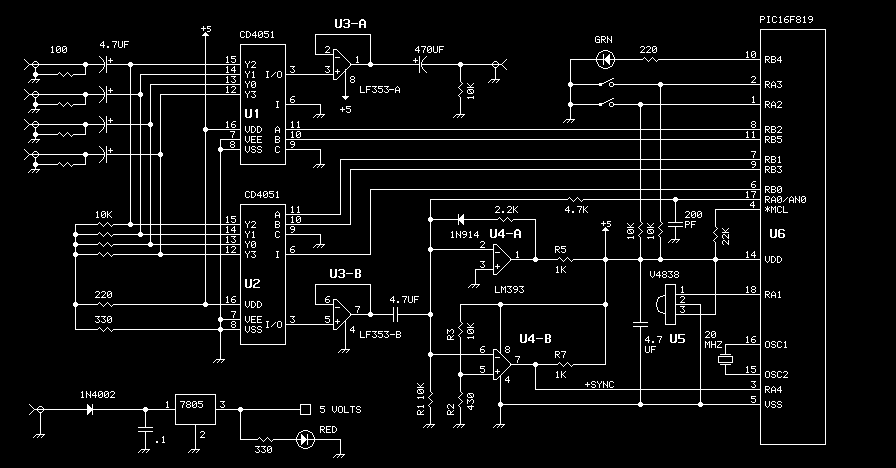
This device uses the second method, which requires about 100 times less parts, but adds motion detection to switch cameras. The usual way to detect motion is to store a complete video frame and then look for changes on...
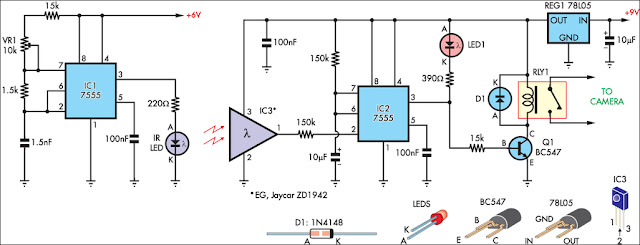
This circuit serves as an alternative to the infrared (IR) beam break detector featured in the June 2009 issue of Silicon Chip. It utilizes a standard IR receiver IC, such as the Jaycar ZD-1942, to minimize sensitivity to ambient...
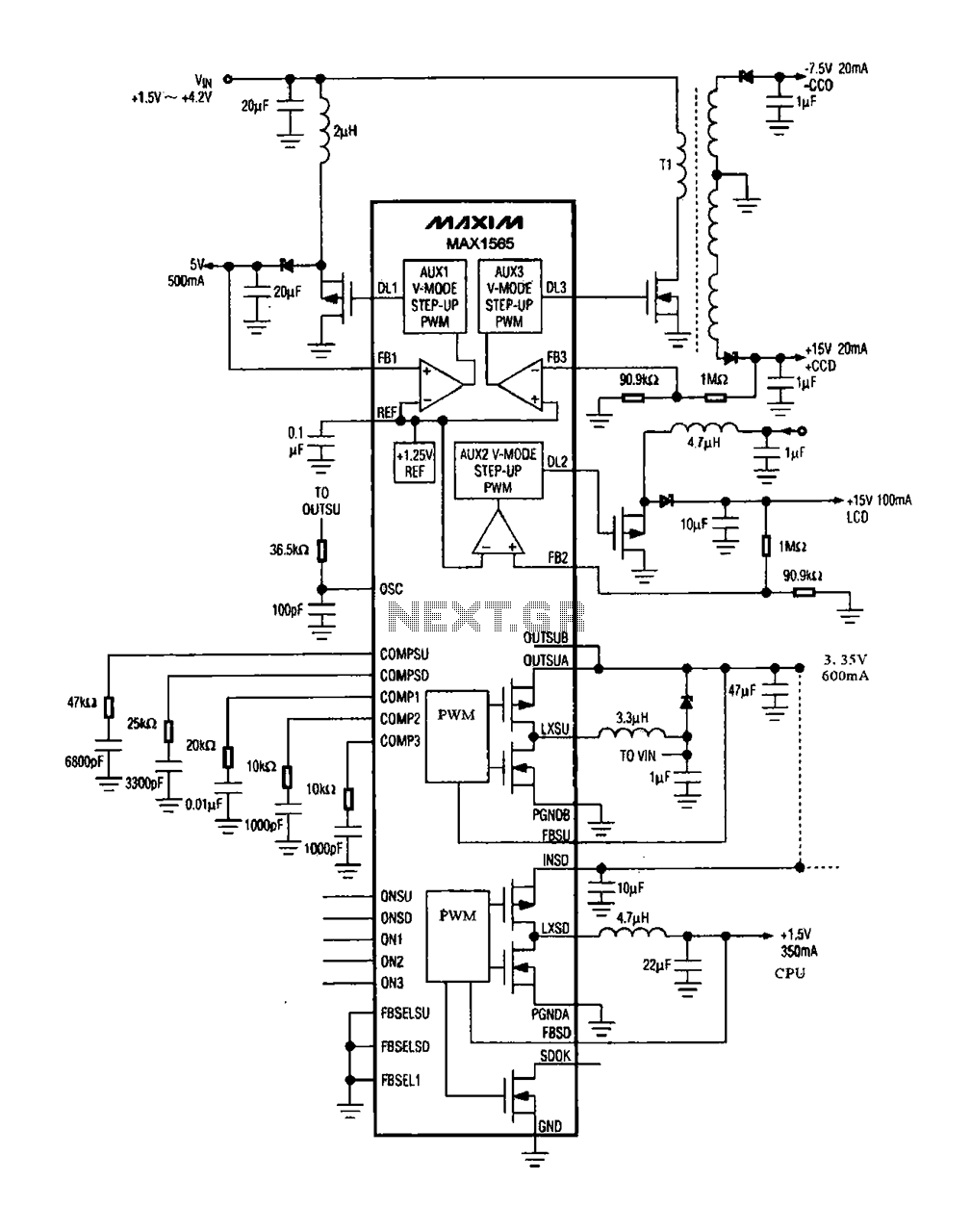
The digital camera power supply utilizes the MAX1565 chip, which features a five-channel power supply configuration. The chip generates various signal widths and control circuits tailored to meet the DC voltage and current requirements of the digital camera. The...
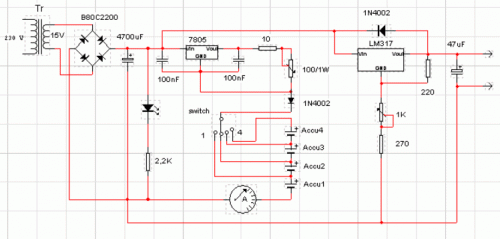
This circuit serves a function for digital cameras. It is well-known that digital cameras have considerable power consumption. The circuit is designed to optimize power management for digital cameras, addressing the challenge of high energy usage during operation. It...
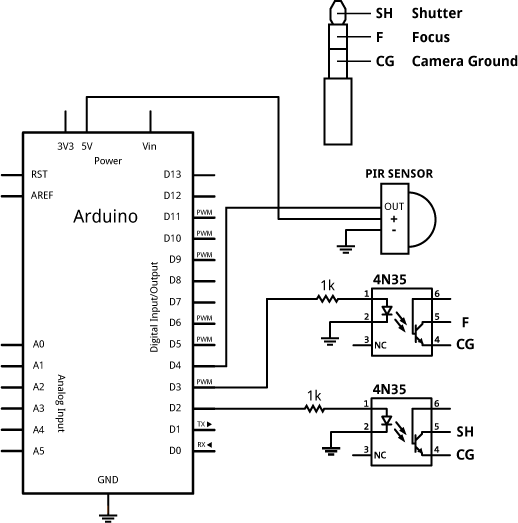
A straightforward attachment for a Canon SLR camera designed to create a motion-activated camera using an Arduino. This project draws inspiration from the intervalometer project at The Honey Jar, with modifications made to the circuit by utilizing a 4N35...
We use cookies to enhance your experience, analyze traffic, and serve personalized ads. By clicking "Accept", you agree to our use of cookies. Learn more